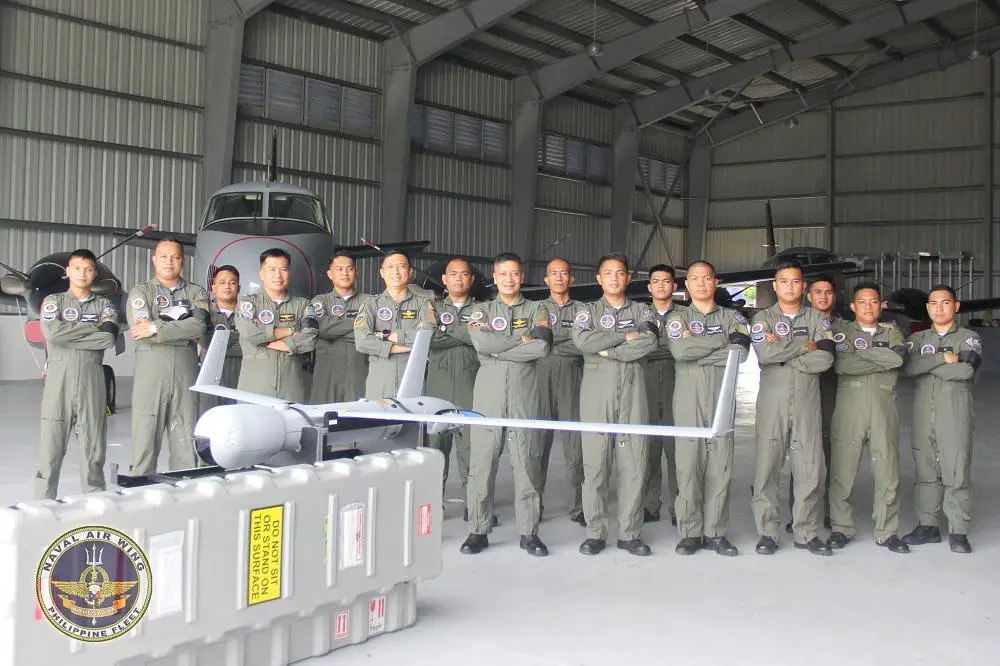The Philippine Navy Naval Air Wing (NAW) conducted a simple send-off ceremony of the Boeing Insitu ScanEagle Unmanned Aerial System (UAS) at Headquarters Naval Air Wing, Naval Base Heracleo Alano, Sangley Point, Cavite City. Said ceremony was spearheaded by CAPT JUARIO C MARAYAG PN(GSC), the Acting Commander, Naval Air Wing. This send-off ceremony marks the first deployment for the Maritime Unmanned Aerial Reconnaissance Squadron 71 (MUARS71), NAW after completing their one (1) year in-country training.
The “Alpha Flight” of MUARS-71 is composed of five (5) officers and nine (9) maintenance crew. This is their first deployment for this type of air asset for the Philippine Navy to conduct different missions like patrols and surveillance to secure the sovereignty of nation. The ScanEagle UAS was acquired by the Philippine Navy from the United States and it was formally accepted on 25 November 2020 at Magluyan Hall, Naval Base Heracleo Alano, Sangley Point, Cavite City.

The Boeing Insitu ScanEagle is a small, long-endurance, low-altitude unmanned aerial vehicle (UAV) built by Insitu, a subsidiary of Boeing, and is used for reconnaissance. ScanEagle carries a stabilized electro-optical and/or infrared camera on a lightweight inertial stabilized turret system, and an integrated communications system having a range of over 62 miles (100 km); it has a flight endurance of over 20 hours. ScanEagle has a 10.2-foot (3.1 m) wingspan a length of 4.5 feet (1.4 m) and a mass of 44 pounds (20 kg) and can operate up to 80 knots (92 mph; 150 km/h).
ScanEagle needs no airfield for deployment. Instead, it is launched using a pneumatic launcher, patented by Insitu, known as the “SuperWedge” launcher. It is recovered using the “Skyhook” retrieval system, which uses a hook on the end of the wingtip to catch a rope hanging from a 30-to-50-foot (9.1 to 15.2 m) pole. This is made possible by high-quality differential GPS units mounted on the top of the pole and UAV. The rope is attached to a shock cord to reduce stress on the airframe imposed by the abrupt stop.















